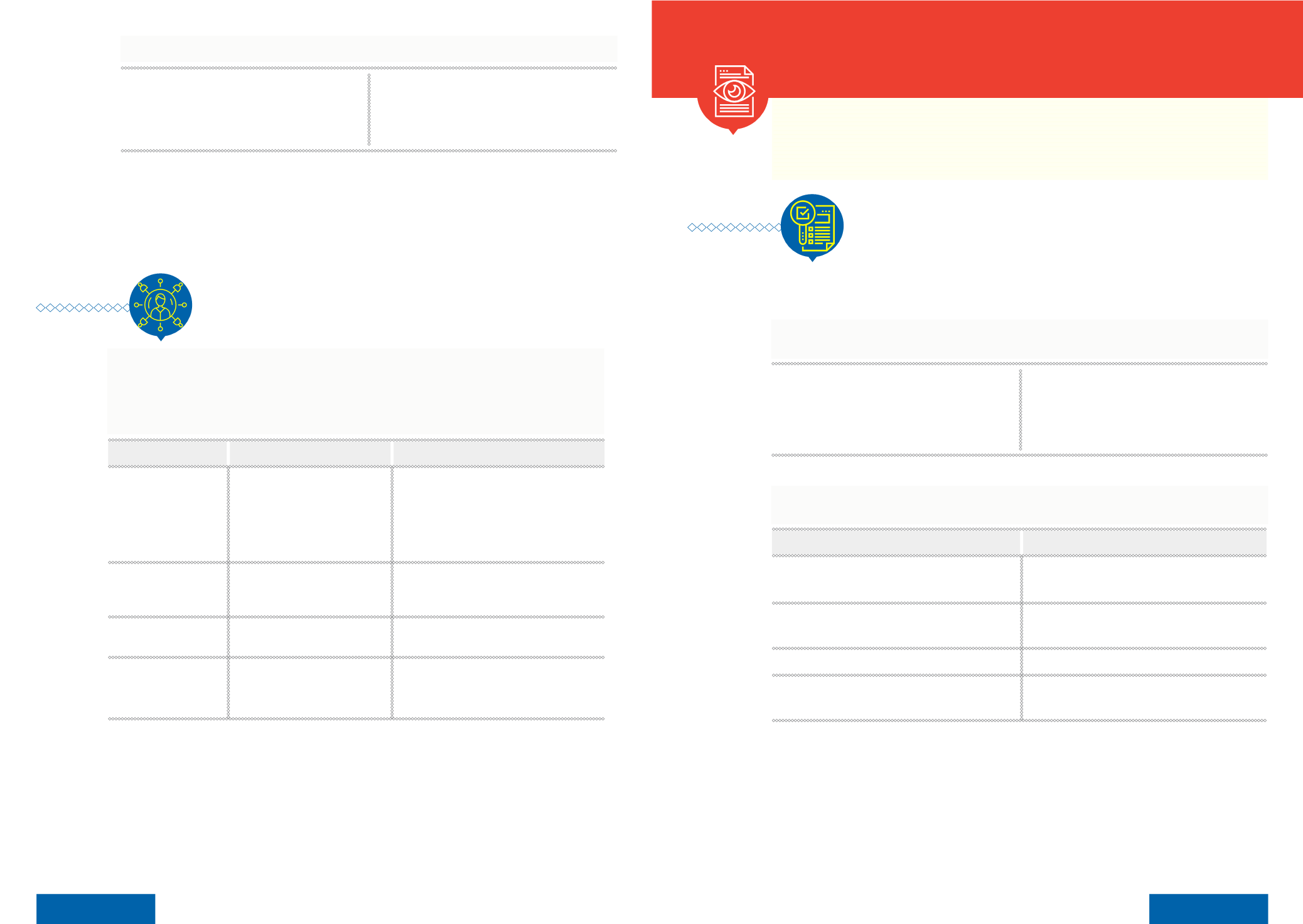
37
|
36
|
Toolkit for Competition
Advocacy in ASEAN
Toolkit for Competition
Advocacy in ASEAN
Recording and logging advocacy activity is useful for because it:
♦
Provides information that can be used for ongoing
monitoring, review and evaluation
♦
Identifies leads and areas of activity that need to be
followed up
♦
Provides data for performance management
♦
Contributes towards a contact database
♦
Is a source of information for continuity and avoids
potential duplication of efforts
There are a number of software programs that can assist
with logging activity. Common data capture software programs
include Microsoft Excel and Access, as well as the database
management systems specific to a CA. What is important is that
advocacy activity is recorded as an integral part of the overall
advocacy process.
Once a campaign has been launched and the initial excitement and activity is over, there is a risk
that the momentum will decrease. This is normal, but CA staff must guard against this happening, as
it is key to capitalise on the coverage and interest the launch has generated. Therefore, a CA should
consider a number of tactics to keep up the momentum of advocacy efforts and ensure that promoting
a competition culture is “front of mind” among relevant stakeholders. Specifically, this could entail:
When
What
Who with
Within days of launch
♦
Follow-up meetings
♦
Interview with key staff /
policymaker / champion
♦
Internal communications
campaign
♦
Key stakeholders
♦
Trusted journalists
♦
CA staff to generate ownership
Within weeks
of launch
High-profile meeting /
memorandum of understanding
(MoU)
CA commissioner and advocacy partner
(e.g. chamber, other minister)
Within months
of launch
Event to promote CPL
Identified stakeholder groups
A year after launch
♦
Re-launch
♦
Staff rewards events
♦
Staff to review milestones and priorities
for the following year
♦
Staff to celebrate successful advocacy
Maintaining campaign momentum
In reviewing an advocacy campaign, decisions about what to measure should be made. This can
include the following:
Section 3:
Monitoring and evaluation of advocacy activities
This section details why measuring and evaluating advocacy activities of CA is
important and when reviews should be undertaken. The section also describes the
various methods and sources of information available.
Measuring advocacy activities
Measuring advocacy activities provides a CA with a rich source of data to
analyse and evaluate the impact of an advocacy campaign and wider advocacy
efforts. This substantiates both performance management and the planning of
future advocacy activity.
♦
Activities – what and how many advocacy activities
have been carried out
♦
Interim outcomes – signaling important progress,
such as changes to some policy or regulation
♦
Goals – indicating what the advocacy strategy
aimed to accomplish
♦
Impact – significant changes as a result of the
advocacy campaign
An accurate record of advocacy activities undertaken by a CA provides a number of useful data points
that can be further analysed:
Area of analysis:
Identifies:
Individuals or stakeholder groups covered in
each recorded activity
♦
Successes
♦
Gaps and challenges
Frequency of contact
♦
“Friends of competition”, champions and allies
♦
“Veto players”
Relationship cultivation
♦
Need for assigned relationship managers
Key thematic messages
♦
Topical issues and major challenges for CPL
♦
Special considerations


